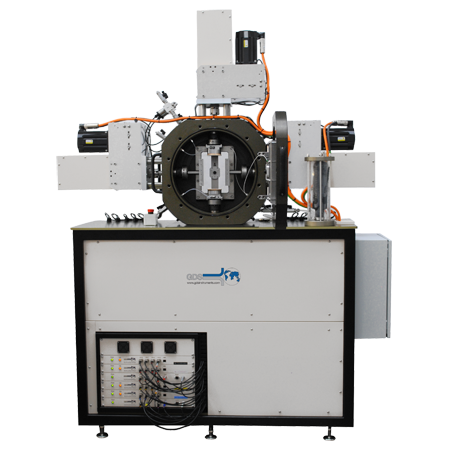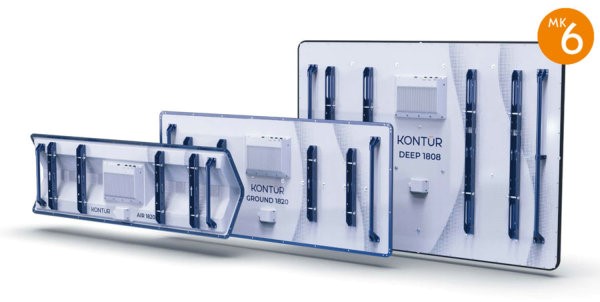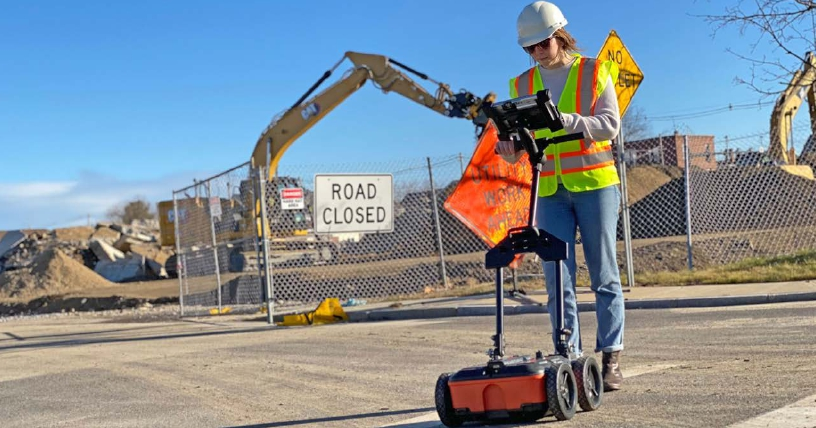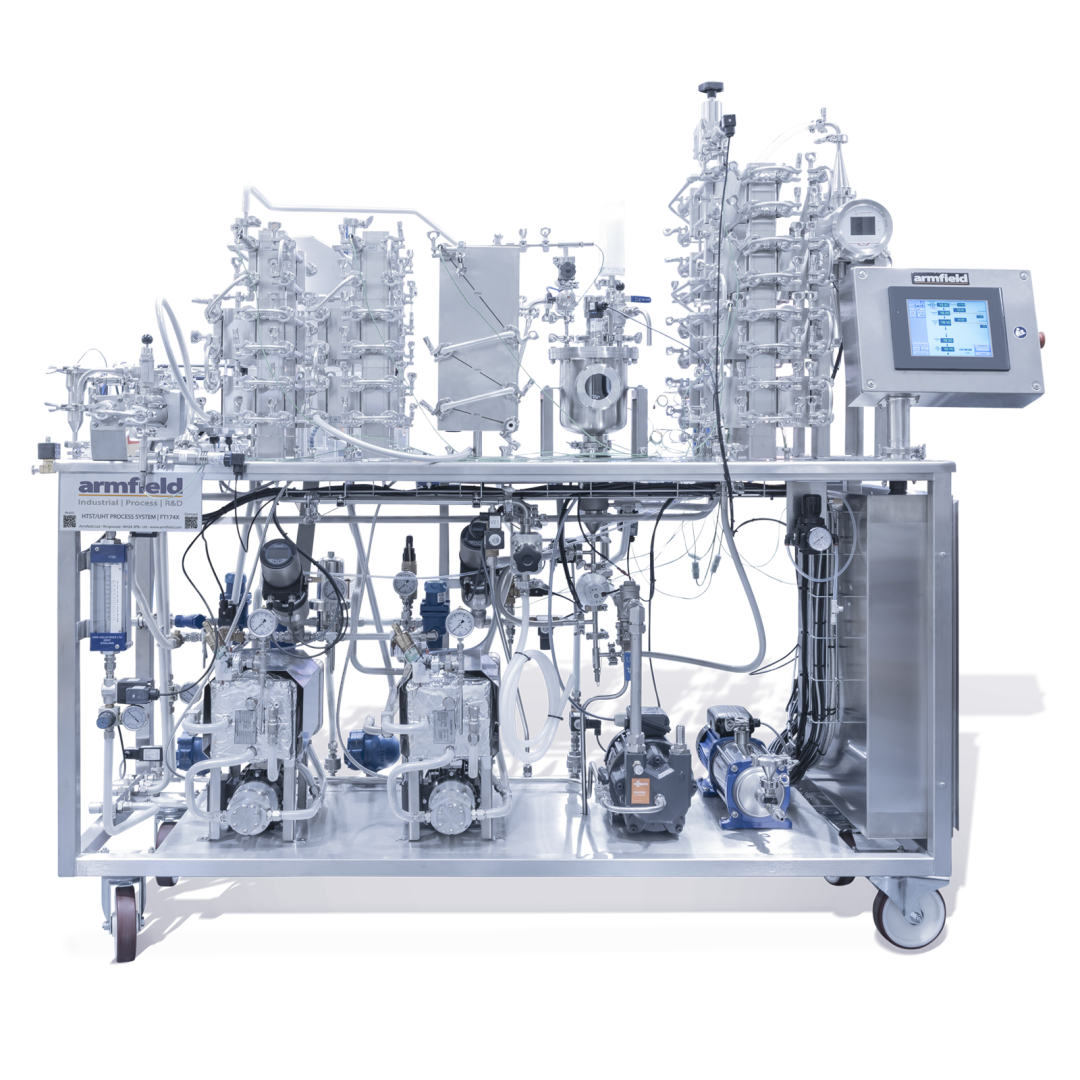Abstract:
The shear modulus at very small strains (0.001% or less), G0, is one of the most important parameters for predicting ground movements and dynamic responses of many engineering earth structures. With advances in the use of bender elements for soil testing, anisotropic shear moduli G0(ij) can now be evaluated by measuring the velocities of shear waves propagating in a soil specimen in different planes and polarisations. This leads to the determination of the stiffness anisotropy at very small strains. While almost all previous studies of anisotropic soil stiffness have been conducted with saturated soils, experimental results from unsaturated soils have rarely been reported in the literature. A new computer-controlled triaxial apparatus equipped with three pairs of bender elements was developed to measure shear wave velocities and hence to investigate the degree of stiffness anisotropy of recompacted completely decomposed tuff (CDT) under both saturated and unsaturated conditions. The axistranslation technique was applied to control matric suction. New state-dependent equations describing anisotropic moduli of unsaturated soil were derived and verified by experimental results. Based on the derived equations and measurements, it was possible to identify that there was an inherent shear stiffness anisotropy of about 1.03–1.04, due to sample preparation by moist tamping, for isotropic net mean stress varying from 110 to 400 kPa. When suction was increased from 0 kPa to the air-entry value of 50 kPa, suction-induced anisotropy in terms of the shear stiffness ratio, G0(hh)/G0(hv), ranged from about 1.06 to 1.09 for isotropic net mean stress varying from 110 to 500 kPa. No further significant increase in suction-induced stiffness anisotropy was observed at suctions higher than the air-entry value.

 Enquiry:hkmarketing@epc.com.hk
Enquiry:hkmarketing@epc.com.hk  Whatsapp Enquiry: +85261990717
Whatsapp Enquiry: +85261990717













